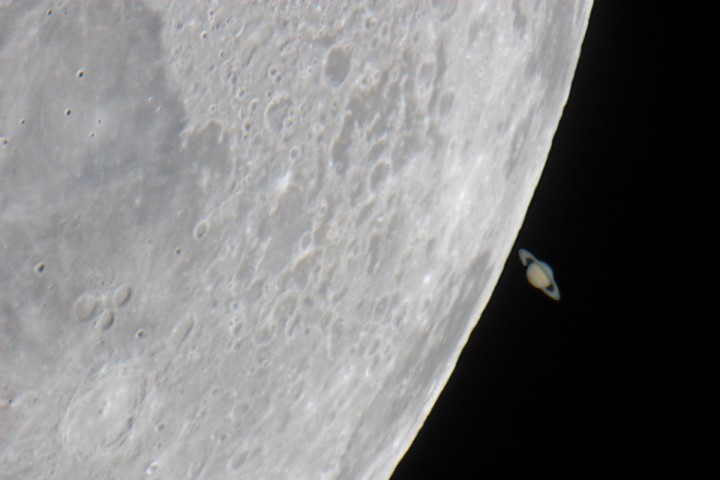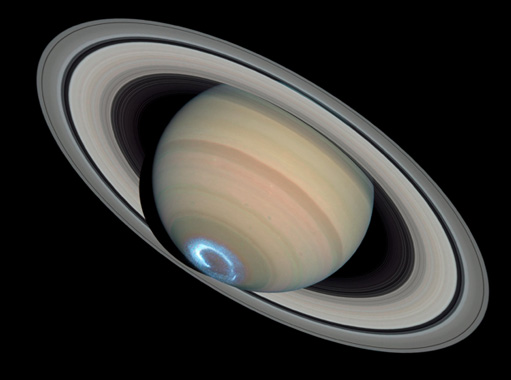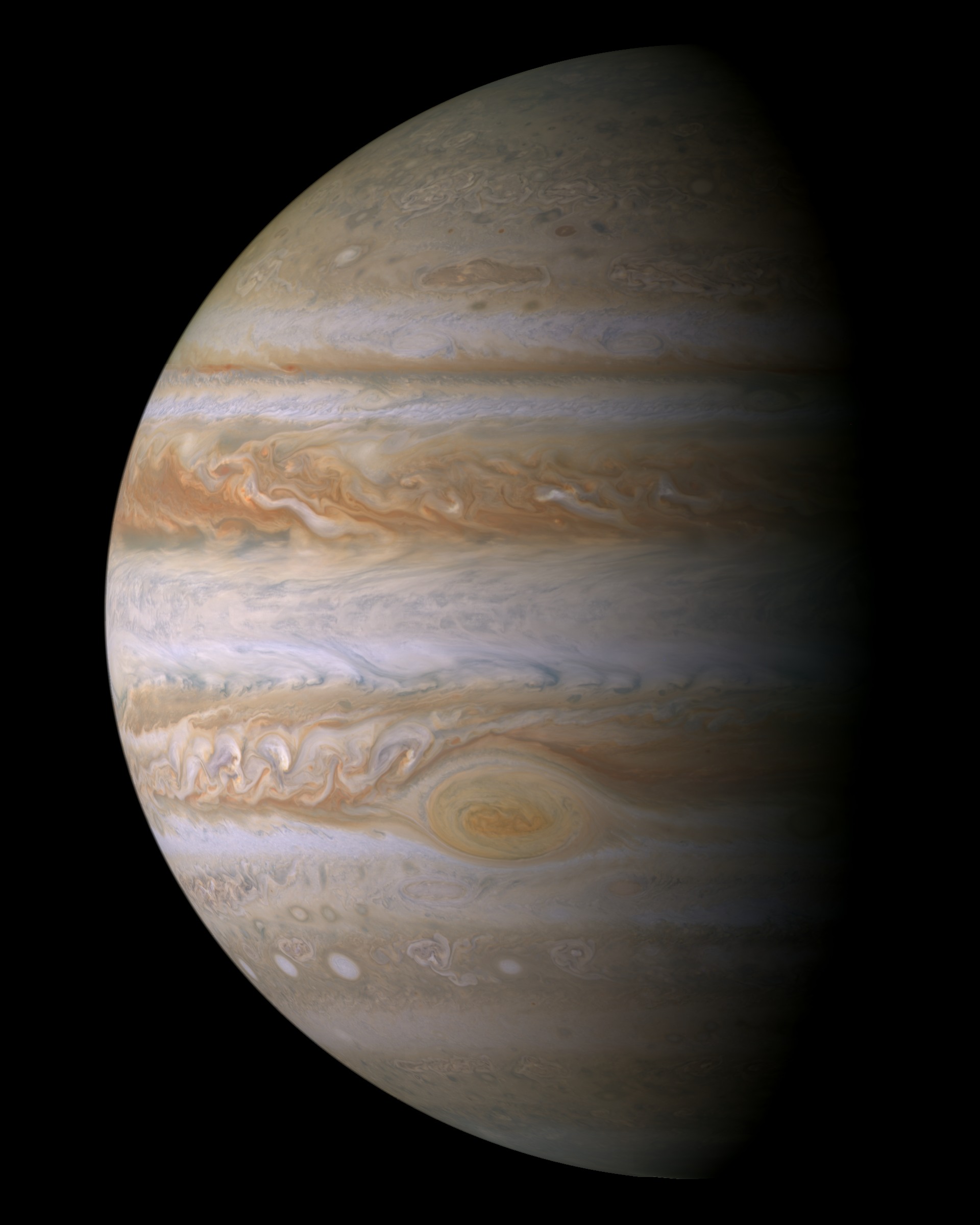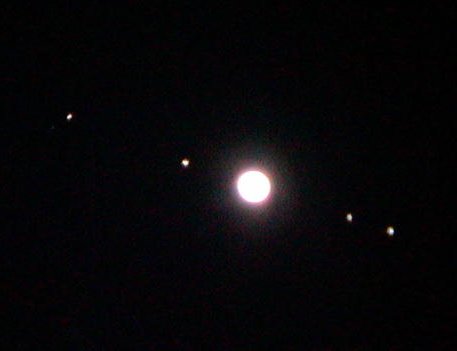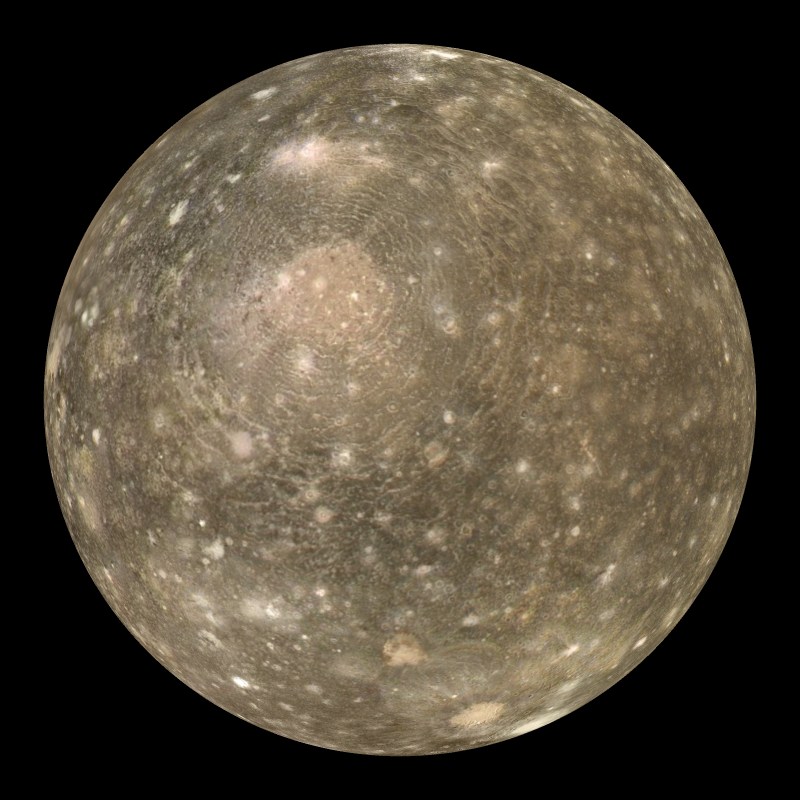
Two weeks ago, my friend Alex and I decided to go snowshoeing at Castner Glacier. The goal was to spend some time outside in the wonderful spring weather and, if we could, find a way inside the glacier.
The parking area is just a wide bit of gravel shoulder where the Richardson Highway crosses Castner Creek. It's not marked, so you have to know this is the place to stop, and start walking upstream. Or, what would be upstream if the creek wasn't under 10 feet of snow and ice. I was here in summer and it was difficult going, you have to push for a bit through thick alders, which seems sketchy so you constantly yell and clap so you don't surprise any nearby bears. It's much easier this time of year as you can walk in the flat wide open of the creek itself. After about 1.5 miles of that, you come to a steep hill. Looking back from the top:
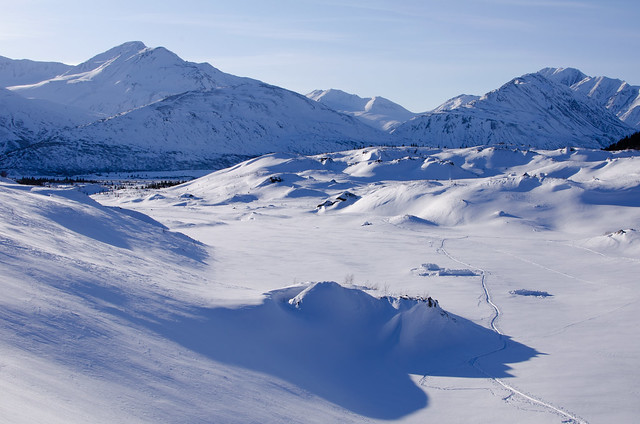
At this point, you're actually standing on Castner glacier: the hill is the terminus. This isn't entirely obvious in any season - even when there isn't a layer of snow, this part of the glacier is covered by a layer of rocks and even plants from upstream. But there are clues, such as this 20 foot ice wall sticking out of nowhere:

I was here last spring and found a cave entrance right at the base of the glacier's foot here, but now it is completely buried under the snow and I couldn't even tell where to start digging. So Alex and I decided to go further up-glacier to see what else we could find:
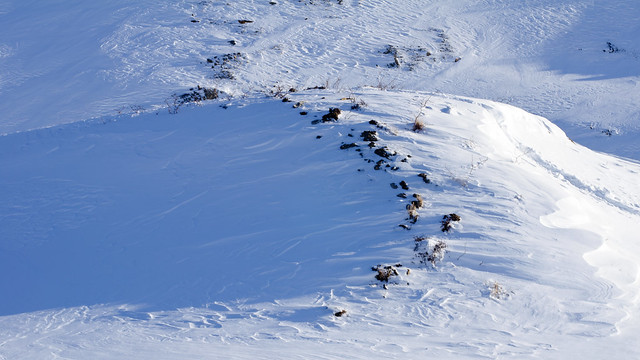
Up to the top of the terminus, there was a nice packed trail for us to follow, but going further required us to break new trail as no one had been out there. We came to the top of the next hill and found a large collapsed cave entrance in the valley below us. The gaps between the ice blocks looked possibly big enough to squeeze through, but there was no easy way down there, so we followed a set of animal tracks up a ridge line to the next hill:
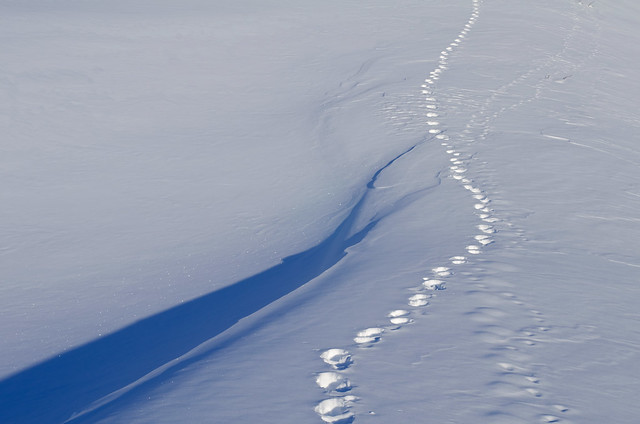
There, we found another entrance, this time easy to get to:

Stepping inside:


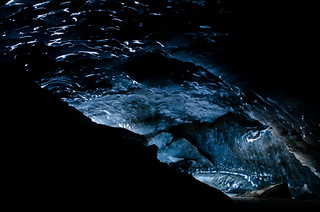
This was a surprisingly large cavern - see the picture at the top of this post, which has me standing in it (did you miss that?), for scale. The cave continued back around a corner, and we could see a hint of light coming from back in the depths somewhere: Probably the other, collapsed entrance we saw earlier. Alex walked a bit down the corridor with a flash and I took a picture of the entrance lit by natural light and the passage lit by flash:
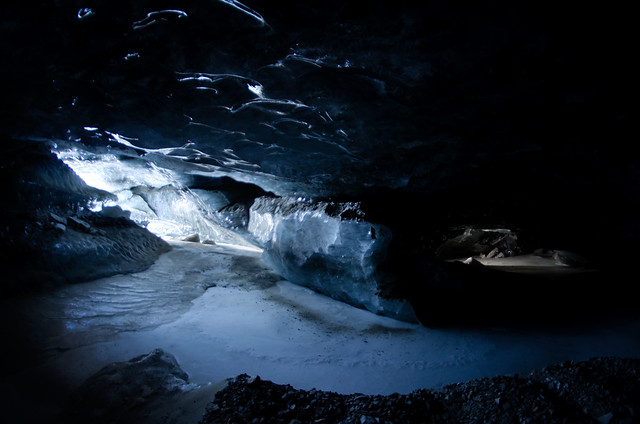
It was starting to get late out, and we had a ~3 mile slog through snow to get back to the car (finding a new route rather than going back over the top where we came from). So, time to go:

Back outside, the Sun was already set in our little valley, though it still lit the mountains nearby:
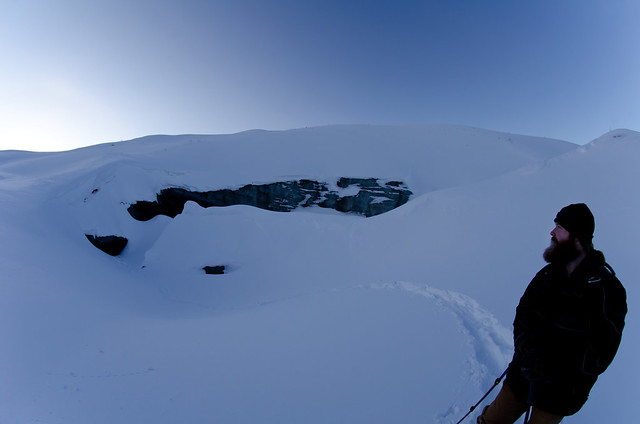
There was a bright aurora in the sky for the entire drive home.






